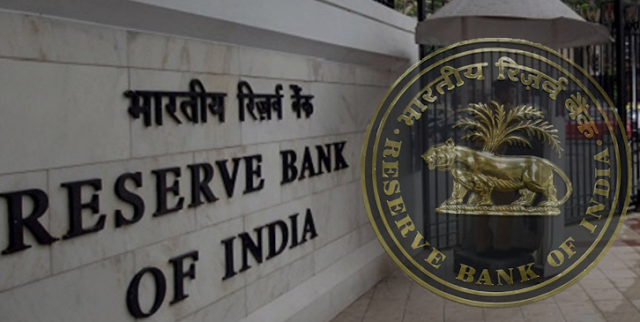 |
| Unleashing India's Demographic Dividend for Economic Prosperity |
India stands at a crucial juncture where its demographic dividend, marked by a burgeoning working-age population, presents a unique opportunity for accelerated economic growth. Recent reports underscore the imperative for sustained annual economic growth of 8-10% over the next decade to fully realize this potential. The Reserve Bank of India (RBI) highlights the significance of channeling developmental strategies towards optimizing the contribution of India's young and expanding labor force to the Gross Value Added (GVA).
Understanding India's Demographic Dividend:
India's demographic dividend hinges on the rapid expansion of its working-age population, forecasted to grow by 7 million annually from 2021-2031 and 2 million annually from 2031-2041. This demographic surge creates a prime window for enhanced economic productivity. However, leveraging this dividend demands a concerted effort towards enhancing labor quality, bolstering employability, and formalizing employment opportunities.
Growth Trajectory:
While India's average annual real GDP growth over the past decade has hovered below 6%, post-pandemic years have witnessed a growth trajectory exceeding 7%. The acceleration in growth, propelled by capital deepening, sets the stage for a sustained upshift with the potential to surpass the 8% mark in the coming years.
Development Strategy:
Central to India's growth strategy is an emphasis on elevating labor quality. Prioritizing initiatives to enhance employability, particularly among the youth and women, while fostering formalized employment avenues, remains paramount. Encouragingly, there's discernible progress in aggregate labor quality growth since 2017-2018.
Inflation Risks:
The RBI underscores inflation risks stemming from extreme weather events and prolonged geopolitical tensions. Elevated food inflation persists as a potential impediment to the disinflation trajectory, although signs of moderation are noted. Managing inflationary pressures remains a key challenge, necessitating vigilant policy measures.
Role of the Reserve Bank of India (RBI):
As India's central bank and monetary authority, the RBI plays a pivotal role in steering monetary policy, ensuring financial stability, and regulating the banking sector. It advocates for sustained annual economic growth of 8-10% as essential for harnessing India's demographic dividend.
Additional Economic Insights:
India's annual retail inflation, based on the Consumer Price Index (CPI), registered a decline to 4.9% in March 2024, following a peak of 5.7% in December 2023. The RBI's proactive policy measures, including increases in the policy repo rate, reflect efforts to rein in inflationary pressures. Notably, India's GDP growth forecast for the current financial year (FY25) stands at 7%, underscoring the imperative of sustaining robust economic growth to uplift living standards.
